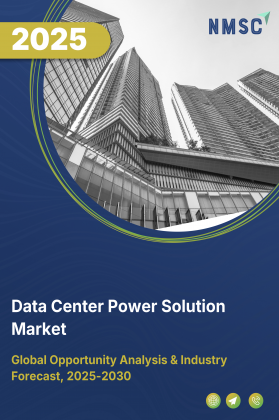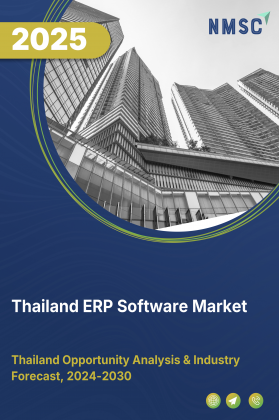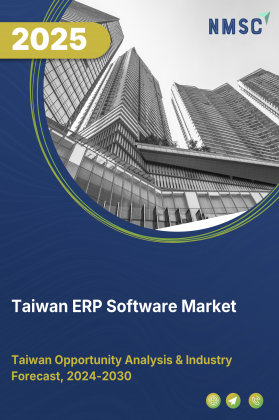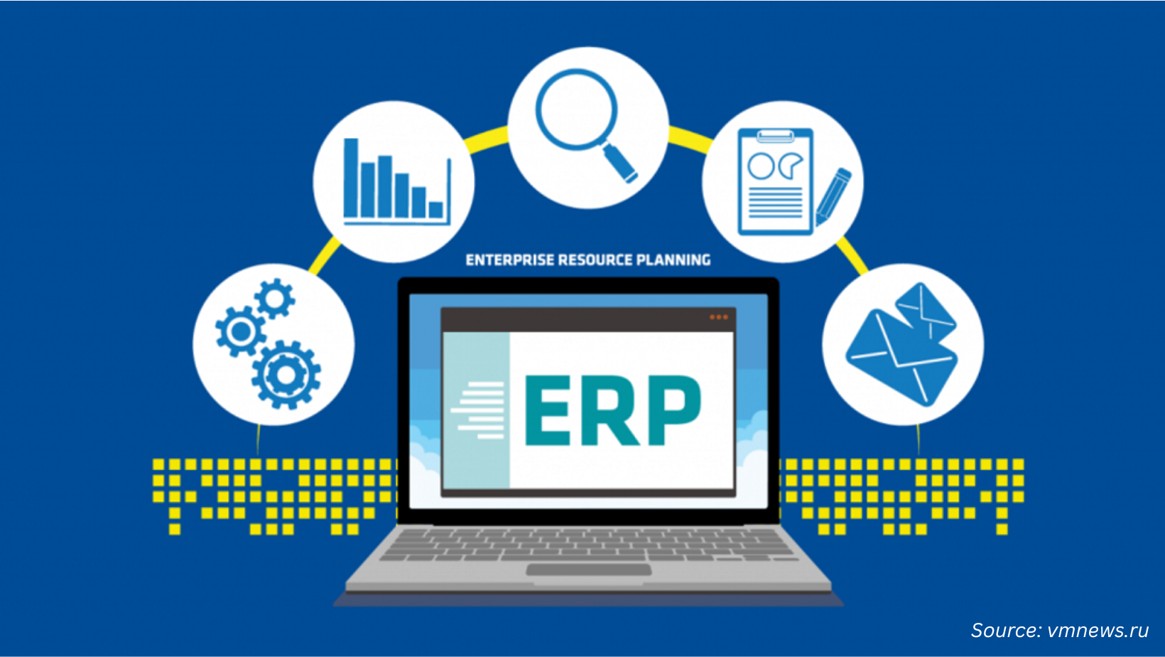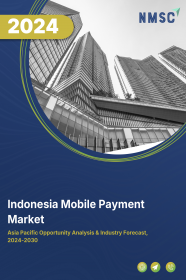
Indonesia Mobile Payment Market by Payment Channel (Contactless Card-based (NFC, MST), QR Code-based, and Others), by Platform Types (Web-Embedded, Native App), by Transaction Use-Case (Peer-to-Peer (P2P), Point-of-Sale (P2M), and Others), by Payment Location (Remote Payment, and Proximity Payment), by Customer Type (Retail Consumers, Small and Medium Enterprises (SMEs), and Others)– Opportunity Analysis and Industry Forecast, 2024–2030.
Industry: ICT & Media | Publish Date: 09-Oct-2025 | No of Pages: 111 | No. of Tables: 112 | No. of Figures: 57 | Format: PDF | Report Code : IC2482
Indonesia Mobile Payment Market Overview
The Indonesia Mobile Payment Market size was valued at USD 4.69 billion in 2023, and is predicted to reach USD 12.05 billion by 2030, with a CAGR of 13.4% from 2024 to 2030. The mobile payment system, also referred to as money transfer, mobile money, m-payments, electronic payments, and digital payments, facilitates financial transactions through mobile devices such as smartphones, tablets, and wearables. These transactions occur through mobile apps or various methods such as proximity and remote transactions. Mobile payment systems comprise diverse types such as mobile wallets, mobile banking apps, and online payment services such as PayPal, Venmo, and Google Pay.
Utilizing technologies such as SMS, near-field communication (NFC), quick response (QR) codes, and others, these systems ensure smooth transactions while employing robust security measures including encryption and biometric authentication to protect personal and financial data. Praised for their convenience, speed, security, and integration with other financial tools, mobile payment systems experience widespread adoption. Additionally, users can configure payment apps to automatically settle bills, such as utility or credit card bills, ensuring efficient financial management and preventing late payments.
Rising Fintech And Digital Banking Services Propels The Indonesia Mobile Payment Market
The expansion of fintech platforms and digital banking services has become a key driver of Indonesia’s mobile payment market. These services deliver mobile-centric financial solutions that streamline everyday transactions, allowing users to manage accounts, transfer funds, and initiate payments directly through smartphones. The integration of mobile payment functionalities within fintech applications and digital banking interfaces creates an interconnected ecosystem that simplifies financial operations for users.
Fintech companies and digital banks are also at the forefront of advancing payment technologies, including real-time peer-to-peer transfers and contactless payment features. Their innovation accelerates consumer shift toward digital transactions and sets new benchmarks for service expectations, thereby fueling broader adoption of mobile payment solutions across various demographic and economic segments.
Ease Of Use In Mobile Payment Services Drives The Indonesia Mobile Payment Market Expansion
User-friendly design and operational simplicity are core elements driving the expansion of the mobile payment market in Indonesia. Mobile payment platforms are built with intuitive navigation, fast processing times, and integrated security mechanisms, all of which contribute to efficient transaction execution. These features reduce friction in the payment process and cater to both digitally experienced users and first-time adopters.
In addition, many service providers invest in user guidance and platform education, helping to familiarize consumers and merchants with available features and usage practices. As a result, ease of use continues to support user onboarding and retention, reinforcing mobile payments as a preferred mode of transaction in the evolving digital landscape.
Resistance From Traditional Financial Institutions Restrains The Indonesia Mobile Payment Market Growth
In the Indonesia mobile payment market, resistance from traditional financial institutions acts as a notable barrier to growth. Established banks and financial organizations often perceive mobile payment technologies as a challenge to existing operational structures and revenue streams. This perception results in cautious or limited engagement with emerging digital payment platforms.
Concerns over regulatory uncertainties, data governance, and the shift in control over payment systems contribute to the hesitation in adopting or integrating mobile payment solutions. The lack of proactive collaboration between legacy institutions and mobile payment providers can slow innovation and restrict the broader rollout of digital payment infrastructure across the country. This resistance, in turn, limits the pace at which mobile payment adoption can scale within Indonesia’s evolving financial ecosystem.
The Emergence Of Real-time Payment Creates Opportunities In The Indonesia Mobile Payment Market
The introduction of real-time payment systems in Indonesia presents a strategic opportunity for the expansion of the mobile payment market. These systems facilitate immediate fund transfers between users, enhancing the functionality of mobile payment platforms across various transaction types.
Real-time payments support a wide range of use cases, including peer-to-peer transfers, retail transactions, and account-to-account fund movements, enabling broader integration across consumer and commercial segments. Their adoption extends to sectors such as e-commerce, financial services, and gig-based platforms, where instant settlement capabilities align with operational demands.
As mobile payment providers and financial technology platforms incorporate real-time infrastructure, the scope of mobile transaction solutions continues to widen. This trend contributes to the diversification of service offerings and the evolution of Indonesia’s mobile payment landscape.
Competitive Landscape
Various market players operating in the Indonesia mobile payment industry includeGoPay Indonesia, OVO (PT Visionet Internasional), DANA, ShopeePay, I.saku, Sakuku (Bank BCA), OCTO Mobile (CIMB Niaga), DOKU, Flip, Jenius (BTPN), BRImo, Livin’ by Mandiri, JakOne Mobile, LinkAja, Paytren (NORBr B.V.), and others. These key players have adopted various strategies to strengthen their share in the Indonesia mobile payment sector.
Indonesia Mobile Payment Market Key Segments
By Payment Channel
-
Contactless Card-based (NFC, MST)
-
QR Code-based
-
Account-to-Account Transfers (A2A)
-
Carrier Billing
By Platform Types
-
Web-Embedded
-
Native App
By Transaction Use-Case
-
Peer-to-Peer (P2P)
-
Point-of-Sale (P2M)
-
Bill & Recurring Payments
-
Business-to-Business
-
Government/tax remittance
By Payment Location
-
Remote Payment
-
Proximity Payment
By Customer Type
-
Retail Consumers
-
Small and Medium Enterprises (SMEs)
-
Large Enterprises
-
Government & Public Sector
Key Players
-
GoPay Indonesia
-
OVO (PT Visionet Internasional)
-
DANA
-
ShopeePay
-
I.saku
-
Sakuku (Bank BCA)
-
OCTO Mobile (CIMB Niaga)
-
DOKU
-
Flip
-
Jenius (BTPN)
-
BRImo
-
Livin’ by Mandiri
-
JakOne Mobile
-
LinkAja
-
Paytren (NORBr B.V.)
REPORT SCOPE AND SEGMENTATION:
|
Parameters |
Details |
|
Market Size in 2023 |
USD 4.69 Billion |
|
Revenue Forecast in 2030 |
USD 12.05 Billion |
|
Growth Rate |
CAGR of 13.4% from 2024 to 2030 |
|
Analysis Period |
2023–2030 |
|
Base Year Considered |
2023 |
|
Forecast Period |
2024–2030 |
|
Market Size Estimation |
Billion (USD) |
|
Growth Factors |
|
|
Companies Profiled |
10 |
|
Market Share |
Available for 10 companies |
|
Customization Scope |
Free customization (equivalent up to 80 working hours of analysts) after purchase. Addition or alteration to country, regional, and segment scope. |
|
Pricing and Purchase Options |
Avail customized purchase options to meet your exact research needs. |

















 Speak to Our Analyst
Speak to Our Analyst



